A pilgrimage from Delhi to Kedarnath is more than a journey — it’s a spiritual sojourn and a beautiful journey. With a length of around 450 kilometers, this trip will take you through the most amazing scenic views of Uttarakhand so you can experience all the best of adventure, devotion, and serenity. We are going to create a total guide for a comfortable road trip to Kedarnath exploring spiritual preparation and every practical detail of the journey.
Introduction to the Delhi to Kedarnath Route
The route from Delhi to Kedarnath is a popular pilgrimage path that people annually travel in millions. Kedarnath Dham, which is located in the Garhwal region of Uttarakhand, is one of the holy 12 Jyotirlingas and the part of the Char Dhams and Panch Kedar. At a height of 3,584 meters, Kedarnath Temple has been a witness of devotion preserved in the snowy mountains near the Mandakini River.
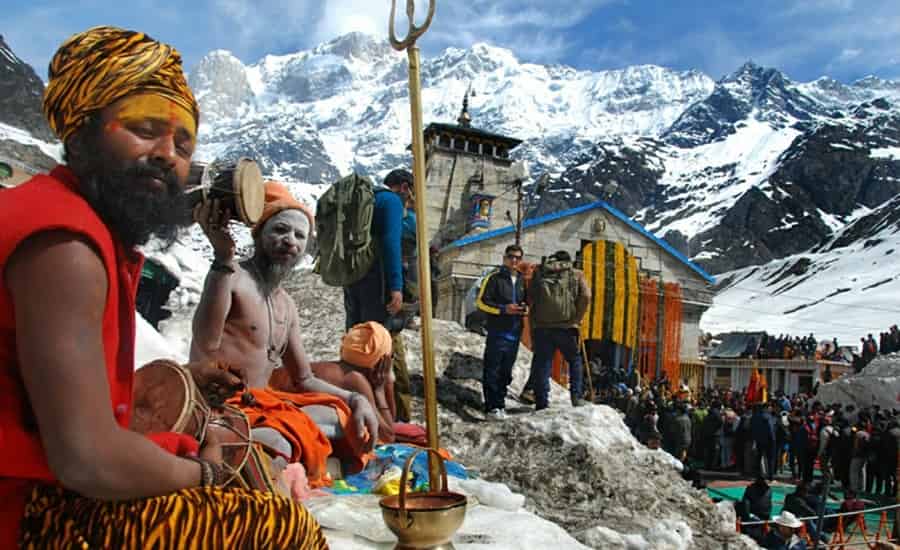
Spiritual Significance
It is essential to start with the spiritual significance of the trip before we move to the practicalities. Kedarnath is devoted to Lord Shiva, and the pilgrimage is not only a physical path but a soulful journey by heart. The temple is open only for six months a year and visitors to the temple during this period are believed to be rewarded with divine blessings.
Planning Your Spiritual Journey
Biometric Registration
The Yatra begins with a biometric registration process. An important part is that pilgrims need to undergo this process before they take this plan. This serves as a means to bring order and organization to the pilgrimage process.
Document Preparation
Carrying essential identifications, like an Aadhar card, Voter ID card, PAN card, driver’s license, or passport is a must. Possessing these credentials will ease the process of getting registered.
Accommodation Arrangements
Kedarnath has several types of hotels – Swiss cottages, deluxe hotels, and budget lodges. The high demand during the peak seasons requires booking of lodgings in advance. Planning is essential for a comfortable stay as it helps to get rid of last-minute clashes.
Transport Options in Gaurikund
Gaurikund, the starting point of the Kedarnath pilgrimage, consists of facilities for tourists with different means of transportation during the Yatra. Pilgrims have a chance to use a horse cart (pithus), or pony/horse to haul them on the way to the temple. Understanding these choices and planning before the trip itself saves all manner of problems.
Clothing and Footwear Recommendations
As far as the diverse scenarios and elements are concerned, wearing adequate clothes is unquestionably important. A warm jacket, precipitation-proof raincoat, pairs of mittens/gardens, sweaters, and woolen socks will keep you warm. In addition, taking into account that adequate shoes with a good grip are what one needs while hiking different and diverse landscapes.
Medical Preparedness
Health concerns deserve very special attention in a long journey. Pilgrims should have their essential medications for common ailments like fever, cold, cough, and headaches with them. Furthermore, if necessary, the dispensing of drugs should be done if it is needed. An individualized first-aid kit containing bandages, cotton, antiseptic cream, painkillers, and pain-wonks, will ensure you meet the needs of any condition.
Delhi to Kedarnath Distance by Road
The route from Delhi to Kedarnath covers a distance of about 450 kilometers and has two main routes both of which delight the tourists by introducing them to famous tourist and pilgrimage places. Whether it’s a cab ride or one that is driven by yourself, knowing the routes plays a big part in the smoothness of your trip.
Route 1: Delhi to Gaurikund through Haridwar and Rishikesh
Delhi-Ghaziabad-Khatauli-Muzaffarnagar-Haridwar-Rishikesh-Devprayag-Srinagar-Rudraprayag-Guptkashi-Phata-Sonmarg-Gaurikund
Road Conditions
This path includes the national highways that are in good condition. Although the route from Delhi to Rishikesh is flat, the land becomes hilly after that. Proper signboards make it very easy to travel because although there are some bumps here and there, the journey still tends to be smooth.
Route 2: To Delhi via Kotdwar and Devprayag will be the way
Delhi-Ghaziabad-Khatauli-Najibabad-Kotdwar-Devprayag-Srinagar-Rudraprayag-Guptkashi-Sonprayag-Gaurikund
Road Conditions
This option travels through the Meerut-Pauri National Highway beside the main route. The tour is provided on NH 34, NH 534, and NH 7, and the tourists can enjoy the journey while passing through various tourist destinations. Its primary driving surface is well-developed, although there may still be some bumpy areas. Spaces adjacent to the pedestrian path offer a range of facilities including stores, eateries, and accommodations for visitors.
Important Points for the Kedarnath Yatra
Night Travel Prohibition
Hilly region travel at night is discouraged due to safety concerns. Pilgrims are advised to book into main cities such as Haridwar, Rishikesh, Devprayag, Srinagar, and Rudraprayag which can be planned as halt overs. This will provide comfortable and safe travel for all the passengers.
Best Time to Visit Kedarnath
Generally speaking, the best time of the year to make the Kedarnath pilgrimage is during summer (from April to June) and the Kartik mas (from September to October). These phases of moderate weather provide a good opportunity to do stuff outdoors as the climate is not as harsh as in the other times of the year. The monsoon season is not the best time to go on an adventure trek due to the concern of landslides and flooding.
Kedarnath Temple Opening Dates
The Kedarnath Temple, a temple dedicated to Lord Shiva, is opened on the day of Akshaya Tritiya, which comes every year during Maha Shivaratri. This year in 2024 the temple will open to the general public from the 10th of May. The Yatra is planned to coincide with these festivals which, in turn, makes sure that the pilgrims have access to the shrine.
Safety Precautions
- Monsoon Preparedness: Try to postpone travel at the time of the monsoon’s onset because of very heavy rains which instigate both landslides and floods. If experiencing the Yatra during the rainy season, allocate more time to make sure that unforeseeable delays do not happen.
- Weather-Appropriate Gear: Prepare a raincoat and an umbrella when planning a monsoon tour journey. For winter, keep some heavy woolens, and for summer, have some light woolens, as the temperatures fall in the evening.
- Sun Protection: To keep your skin out of the sun and your eyes from squinting, make sure you have sunscreen and sunglasses with you.
- Food and Snacks: If this is a long trip, get some snacks with you including dry nuts, chocolates, fruit chips, and other dry snacks, so that you can keep yourself well.
- Emergency Preparedness: Make sure to take your battery-powered torch, powered-up backup batteries, and extra camera batteries. Make sure the communication devices are working, as such BSNL, JIO 4G and AIRTEL networks are providing signals in the particular region.
Accommodation Options in and Around Kedarnath
However Kedarnath has its accommodations but Gaurikund, Sonprayag, Guptkashi, and Phata near those places are where options of accommodation are available. To make things easier for tourists, accommodations like GMVN camps/tents are allotted for the upper region of Kedarnath and Gaurikund which can be booked through GMVN’s online booking system. Also, there are many hotels, resorts, rest houses, lodges, and ashrams near the area.
Some Recommended Hotels Near Kedarnath Temple
- Nirvana Camp, Guptkashi
- Rawat Tourist Lodge, Guptkashi
- Hotel Madhuban, Guptkashi
- Dev Dham, Gaurikund
- Kedar Resort, Sonprayag
FAQ’s
Q 1: How to reach Kedarnath Dham?
There are multiple ways to reach Kedarnath, including trekking, helicopter services, and pony rides. The most common trekking route starts from Gaurikund.
Q 2: Is it necessary to book accommodation in advance?
Yes, it is advisable to book accommodation in advance, especially during the peak pilgrimage season. There are various options, including guesthouses and dharmashalas.
Q 3: How long does the Kedarnath trek take?
The trek from Gaurikund to Kedarnath is approximately 16 kilometers and usually takes around 6-8 hours on foot. The time may vary depending on individual fitness levels.
Q 4: Are there any medical facilities available in Kedarnath?
Basic medical facilities are available in Kedarnath, but it’s recommended to carry necessary medications. In case of emergencies, evacuation facilities are also available.
Q 5: What are the weather conditions in Kedarnath?
The weather in Kedarnath can be unpredictable. Summers are generally mild, but temperatures can drop significantly, especially in the evenings. Monsoons bring heavy rainfall, and winters are harsh with snowfall.
Q 6: Can elderly or physically challenged individuals visit Kedarnath?
While the trek can be challenging, arrangements like pony rides and palanquins are available for those who may find it difficult. Helicopter services are also an option for those who prefer to avoid trekking.
Q 7: Is photography allowed in and around the Kedarnath Temple?
Photography is generally not allowed inside the Kedarnath Temple. Visitors are requested to respect the religious sanctity and rules of the temple.
Q 8: What permits are required for the Kedarnath trek?
Visitors need to obtain permits from the Uttarakhand government for the Kedarnath trek. These permits are available at the entry point in Gaurikund.
Q 9: What are the nearby attractions to Kedarnath Dham?
Some nearby attractions include Triyuginarayan Temple, Vasuki Tal, and Chorabari Tal. Pilgrims often visit these places as part of their spiritual journey to Kedarnath.
Q 10: Who built the Kedarnath Temple?
The Kedarnath Temple is believed to have been built by Adi Shankaracharya in the 8th century. It is one of the twelve Jyotirlingas and holds immense religious significance in Hinduism.
Q 11: Why is Kedarnath closed for 6 months?
Kedarnath remains closed for several months during the winter (usually from November to April) due to heavy snowfall and extremely harsh weather conditions. The temple is situated in the high Himalayas, making it inaccessible and unsafe for pilgrims during this period.
Q 12: Is the Kedarnath Temple open during the winter months for darshan worship)?
No, the Kedarnath Temple is closed for darshan during the winter months. The deity is shifted to Ukhimath, where the temple remains open, allowing devotees to continue their worship during the closure of the Kedarnath Temple.
Q 13: How is the Kedarnath Temple reopened for the pilgrimage season?
The reopening of the Kedarnath Temple is a significant event and is marked by a ceremony known as “Kedarnath Doli Yatra.” The idol of Lord Kedarnath is carried in a palanquin from Ukhimath to Kedarnath, and the temple is ceremonially reopened on a specified date.
Q 14: Are there any rituals or festivals celebrated in Kedarnath?
The major festival celebrated in Kedarnath is Maha Shivaratri, which attracts a large number of devotees. It is believed that Lord Shiva performed the tandava (cosmic dance) at Kedarnath on this auspicious day.
Q 15: Can visitors witness the Kedarnath Doli Yatra?
Yes, visitors can witness the Kedarnath Doli Yatra during the temple’s reopening. It is a unique and sacred event that draws pilgrims and tourists alike to witness the religious rituals associated with the opening of the temple.
Conclusion
Excelling a road trip from Delhi to Kedarnath isn’t just a physical trip; it’s a trip that involves adventure, spirituality, and natural beauty. Careful planning, paying attention to the spiritual side, and observing the practical details will make your pilgrimage comfortable and rewarding. Just as you tread on the roads that will take you to the sacred Kedarnath Temple, may your journey be a divine one, and you feel a profound reflection of the spiritual essence of this sacred land.


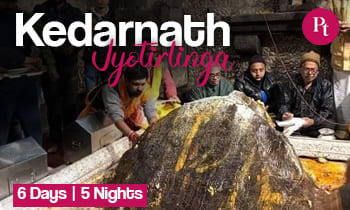
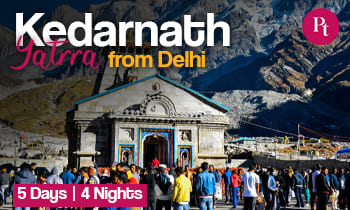

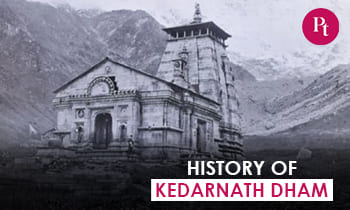
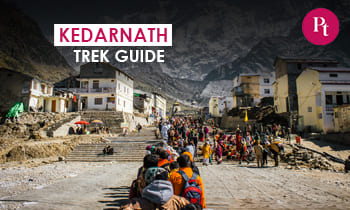
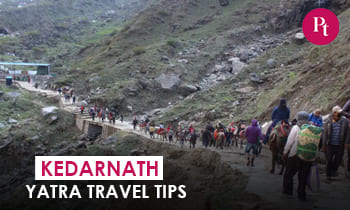
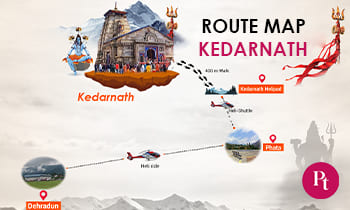
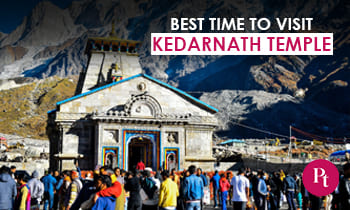
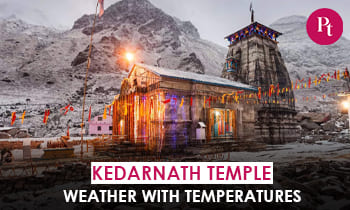
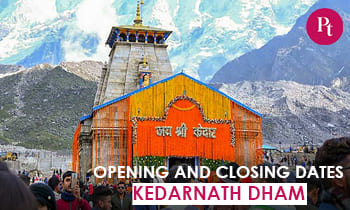
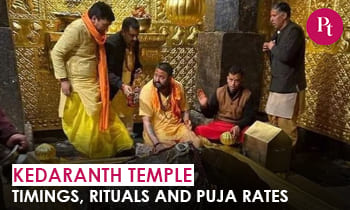
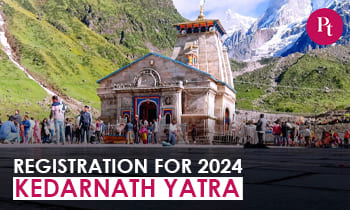

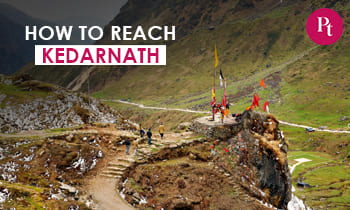
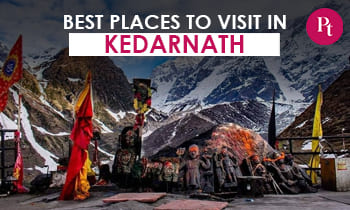
 Call
Call WhatsApp
WhatsApp Enquiry
Enquiry